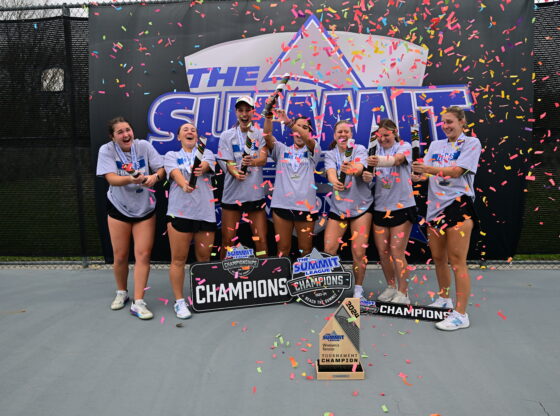How should college students prepare for the real world? This can be a challenging question to answer at a time when technological developments are so rapid that new needs are arising within the market before we can even comprehend them. It can seem as though students are preparing for jobs that don’t even exist yet. However, what if the job chooses you?
Within the next decade the job interview process may evolve to a point where resumes and cover letters lose some of their prevalence. Artificial Intelligence (AI) and virtual reality mechanisms are able to gauge a candidate’s personality, innate responses/reflections and their behaviors. The implications of this are daunting. As with any form of progress, repercussions will be felt in some form or another. Rather than taking a “doomsday” point of view, though, it’s worth noting that technology is intrinsically tied to progress and in many ways the interviewing process will become more efficient and accurate, as long as it is put into practice carefully.
Before we let our minds traipse into an abyss of dystopian novels, it’s important to first understand what this would look like once implemented. One company, HireVue, is spearheading this with their AI-driven techniques. Their process is fairly simple. They let the machines do the heavy lifting by tackling the screening process, conducting virtual interviews and utilizing game-based challenges. With each assessment HireVue is able to garner thousands of data points and identify candidates’ core competencies. Virtual interviews become particularly prevalent, as potential candidates schedule a time slot that works for them and record their responses to computer-generated questions.
I perceive this practice as something akin to taking the SAT in high school. Throughout the exam, the College Board attempts to grasp a comprehensive picture of each student. According to the score they earn, students are virtually placed in a bracket and are more or less limited to colleges within their range. While SAT scores are beginning to hold less weight in college admissions, the job interview process may develop similarly with AI technology where jobs will be determined for the hire according to their simulation results. Similarly, factors including—but not limited to—socioeconomic status and social identification may put certain candidates at an advantage over others. As with the SAT, AI interviews could attempt to quantify a human’s competency, which inherently fails to create the “personable” understanding that the program is hoping to achieve.
Although these developments are aimed at speeding up the recruiting process and eliminating bias that may be found from in-person interviews, some fear that it may actually contribute to bias by unjustifiably denying qualified candidates due to the algorithms put in place. For instance, health trackers are able to measure stress levels, blood pressure, anxiety levels and much more. If companies acquire this information, they could apply it to the simulations, testing how candidates deal with stressful situations. It becomes dicey terrain when the technology is so advanced that it can pick up on a person’s medical issues, which shouldn’t be disclosed to the company during the interview process. We live in a golden age of data with so much at our disposal. It has the potential to be used to accomplish amazing feats, but it can also inadvertently put people at a greater disadvantage than before.
Ironically enough, the AI that would be used is striving to see the candidate more as a person and what they can personally bring to the table, yet it is being done by a machine rather than a human. It’s puzzling to think about—during these virtual interviews, will the technology be able to pick up changes in tone or if someone made a joke? What if it incorrectly interprets what is being said? There’s no human to ask for clarification.
This technology is still being developed and is slowly being leaked into companies, such as the virtual interview. In the next ten years, we will watch it grow, and nobody is exactly sure what it will look like once matured. We just have to pause every now and again to ensure that these fears aren’t justified.











